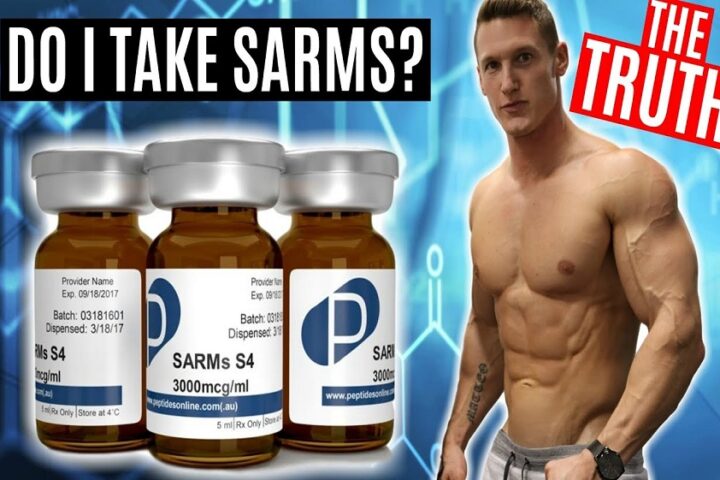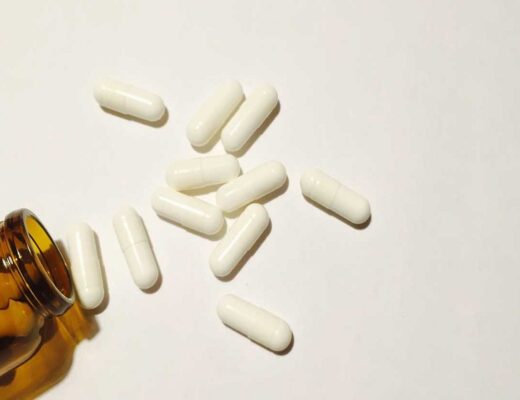A significant need was prevailing in the market to improve physical function and bone health without affecting the prostate and cardiovascular outcomes. As a big rescue, a selective androgen receptor modulators for sale comes in. It has been studied in the treatment of breast cancer cachexia.
SARMs, which means selective androgen receptor modulators for sale, are a kind of androgen receptor. It displays selective tissue activation of androgen signaling, binding, androgen receptors. The initial efforts of developing SARMs were best on the modifications of the testosterone molecule. The independent work at Ligand Pharmaceuticals and the University of Tennessee discovered the modern era of nonsteroidal SARMs.
Achieving Tissue Selectivity
Researchers have used two general approaches to achieve tissue selectivity of androgen action. The first approach was to develop tissue selectivity, and the second was to elucidate the mechanism of androgen action of the skeletal muscle. The second approach also identifies signaling molecules downstream of the androgen receptor, which activates pathways involved in skeletal muscle hypertrophy.
Type of the structure of SARMS
There are two types- steroidal and nonsteroidal SARMs.
- The formation of the modification of the chemical structure of testosterone molecules is the steroidal SARMs. It was first recognized in the 1940s. It is a substitution of several oral androgens, such as 17-alpha-methyl testosterone.
- Nonsteroidal SARMs were discovered by the scientists of Ligand Pharmaceuticals and the University of Tennessee. Though many structural categories of SARM pharmacophores were already explored, only a fraction of the discovery research has been published. Additional structural categories of SARMs likely exist.
- The scientists at Johnson and Johnson replaced the propionamide linker and used cyclic elements: pyrazoles, benzimidazoles, indoles, and cyclic propionamidemimetics. They have also developed several 4-azasteroid derivatives and butanamides. Other pharmaceutical companies have developed additional compounds, but a detailed discussion of each compound is beyond the scope and hard to handle.
Mechanisms of SARM Tissue Selectivity
The conformational hypothesis states functional differences in ligand classes. Thus agonist, antagonist, and SARMs are reflected into conformationally distinct states with distinct thermodynamic partitioning. Ligand binding induces specific changes which are conformational in the ligand-binding domain.
It could also modulate surface topology and subsequent protein interactions between AR and other coregulators because they are involved in genomic transcriptional activation or cytosolic proteins involved in nongenomic signaling. Due to potential changes in interactions with ARE, coregulators, or transcription factors, differences in ligand-specific receptor conformation and protein-protein interactions could result in tissue-specific gene regulation.
Results
On finding no FDA-approved indications for rad140 sarms investigators are exploring the potential uses for these compounds. Fundamental research has focused on the pharmacokinetics and pharmacodynamics of these agents. The research also demonstrates good availability with a lack of drug interactions. Earlier the clinical studies have demonstrated potential uses for SARMs in treating cancer-related cachexia, benign prostatic hyperplasia, and breast cancer. The success rate is also very high.
Scientists have a strong belief onrad140 sarmsthat they will have numerous possible clinical applications. They have promised safe use in treating cachexia, breast cancer, and prostate cancer because it holds considerable promise as a new class of function-promoting anabolic therapies for various clinical indications.




